The premium SUV segment is a fiercely competitive arena, with numerous brands vying for the attention of discerning buyers. Among the top contenders, the BMW X3 and Volvo XC60 stand out not only for their aesthetics but also for their technical prowess and innovative features. This comparison will explore how these two models stack up against each other in various aspects, catering to those seeking a blend of performance, luxury, and safety.
BMW X3 vs Volvo XC60 – Performance, range & efficiency compared
Two cars, one duel: BMW X3 meets Volvo XC60.
Which one wins in performance, efficiency and value for money? Find out now!
Powertrains and Performance
The BMW X3 offers a diverse range of powertrains, including diesel MHEVs, petrol MHEVs, plug-in hybrids, and petrol engines. With power outputs ranging from 184 to a hefty 510 HP, the X3 accommodates a broad spectrum of driving preferences. The acceleration performance is impressive, particularly with its top variant achieving 0-100 km/h in a mere 3.8 seconds.
On the other hand, the Volvo XC60 focuses primarily on petrol MHEVs and plug-in hybrids, reaching a maximum output of 455 HP. While its acceleration figures are notable, particularly the 4.9 seconds from 0-100 km/h for the most powerful variant, its top speed of 180 km/h lags behind the X3. Nevertheless, the XC60's electric range stands out, with a capability of up to 80 km on electric power alone.
Fuel Efficiency and Economy
Fuel efficiency has become a significant criterion for buyers. The BMW X3 showcases commendable figures, with models achieving consumption as low as 2.1 L/100 km for its plug-in hybrid variants. Even the traditional petrol engines are designed for efficiency, making it a strong contender in this category.
Conversely, the Volvo XC60 shares a similar commitment to efficiency, with its best models matching the low consumption metrics of the X3. Its plug-in hybrids are also lauded for low CO2 emissions, achieving as little as 22 g/km, underlining Volvo's commitment to sustainability without sacrificing power.
Interior and Comfort
Both SUVs offer spacious interiors designed for passenger comfort and cargo versatility. The BMW X3 boasts a trunk capacity ranging from 450 to 570 liters, accommodating both luggage and everyday items with ease. The high-quality materials and attention to detail in the interior make it inviting for passengers.
In contrast, the Volvo XC60, though slightly less spacious with trunk capacities of 468 to 483 liters, provides an equally luxurious cabin rich in Scandinavian design aesthetics. Volvo’s focus on safety and comfort is evident, ensuring that all occupants enjoy a premium experience throughout their journey.
Innovations and Technology
When it comes to technology, both brands have made remarkable strides. The BMW X3 incorporates the latest iDrive system with a user-friendly interface, offering features such as navigation, connectivity options, and advanced driver assistance systems. The highly customizable digital display allows drivers to seamlessly adapt the vehicle's settings to their preferences.
The Volvo XC60 takes a slightly different approach, focusing on safety innovations with its renowned Pilot Assist feature, which aids drivers during highway driving by automatically adjusting speed and positioning within the lane. The Sensus infotainment system enhances user experience through a clean, intuitive interface, ensuring that infotainment options are well-integrated without overwhelming the driver.
Final Verdict
Choosing between the BMW X3 and the Volvo XC60 ultimately depends on individual priorities. For those prioritizing performance and a broader range of engine options, the X3 might be more appealing. Meanwhile, buyers seeking unparalleled safety innovations combined with a luxurious, minimalist design might lean towards the XC60.
Both vehicles represent the pinnacle of what the premium SUV segment has to offer, blending style, technology, and performance into attractive packages. The decision now rests in the hands of the consumer—what will you prioritize in your next SUV?
Here’s where it gets real: The technical differences in detail
Costs and Efficiency:
When it comes to price and running costs, the biggest differences usually appear. This is often where you see which car fits your budget better in the long run.
Volvo XC60 has a hardly perceptible advantage in terms of price – it starts at 49200 £, while the BMW X3 costs 51300 £. That’s a price difference of around 2066 £.
Both cars consume an average of 2.80 L per 100 km – no difference here.
As for range, the BMW X3 performs minimal better – achieving up to 88 km, about 6 km more than the Volvo XC60.
Engine and Performance:
Power, torque and acceleration are the classic benchmarks for car enthusiasts – and here, some clear differences start to show.
When it comes to engine power, the Volvo XC60 has a slightly edge – offering 455 HP compared to 398 HP. That’s roughly 57 HP more horsepower.
In acceleration from 0 to 100 km/h, the BMW X3 is minimal quicker – completing the sprint in 4.60 s, while the Volvo XC60 takes 4.90 s. That’s about 0.30 s faster.
In terms of top speed, the BMW X3 performs clearly perceptible better – reaching 250 km/h, while the Volvo XC60 tops out at 180 km/h. The difference is around 70 km/h.
There’s also a difference in torque: Volvo XC60 pulls barely noticeable stronger with 709 Nm compared to 670 Nm. That’s about 39 Nm difference.
Space and Everyday Use:
Cabin size, boot volume and payload all play a role in everyday practicality. Here, comfort and flexibility make the difference.
Both vehicles offer seating for 5 people.
In curb weight, Volvo XC60 is slight lighter – 1900 kg compared to 1930 kg. The difference is around 30 kg.
In terms of boot space, the BMW X3 offers slightly more room – 570 L compared to 483 L. That’s a difference of about 87 L.
In maximum load capacity, the BMW X3 performs minimal better – up to 1700 L, which is about 157 L more than the Volvo XC60.
When it comes to payload, BMW X3 minimal takes the win – 570 kg compared to 550 kg. That’s a difference of about 20 kg.
Who wins the race?
The BMW X3 proves to be wins the duel decisively and therefore becomes our DriveDuel Champion!
BMW X3 is the better all-rounder in this comparison.
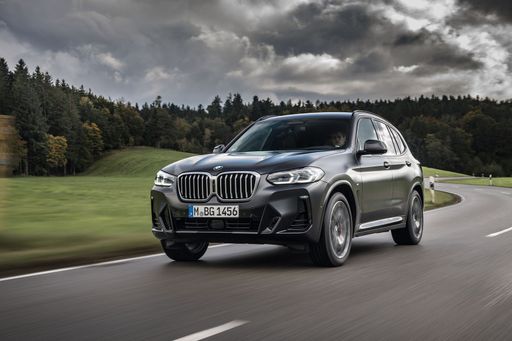 @ BMW Group Press
@ BMW Group Press
BMW X3
BMW X3
The BMW X3 stands out in the competitive SUV market with its refined blend of performance and luxury. Its interior boasts high-quality materials and a design focused on driver comfort and convenience. With a robust engine lineup, the vehicle offers a balanced driving experience that caters to both urban settings and off-road adventures.
details @ BMW Group Press
@ BMW Group Press
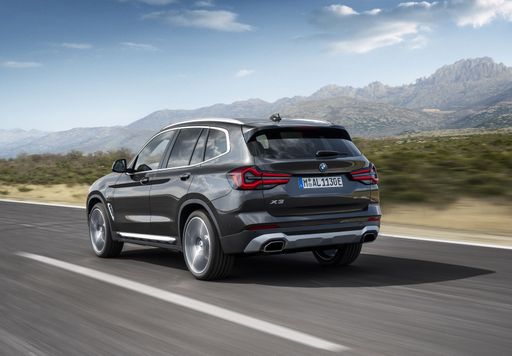 @ BMW Group Press
@ BMW Group Press
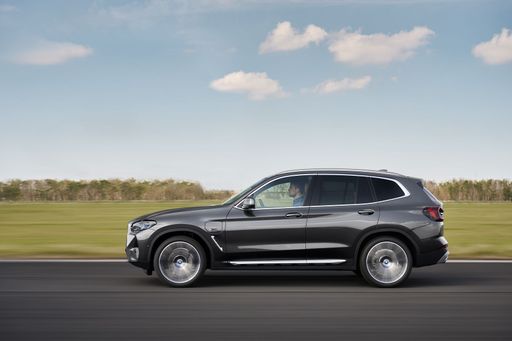 @ BMW Group Press
@ BMW Group Press
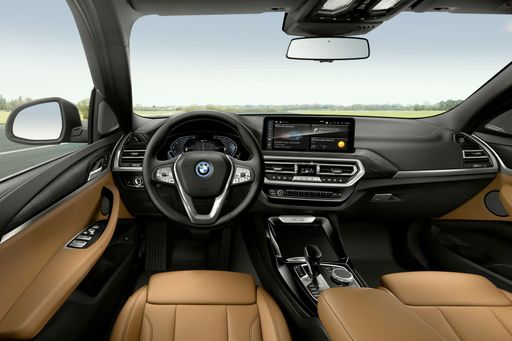 @ BMW Group Press
@ BMW Group Press
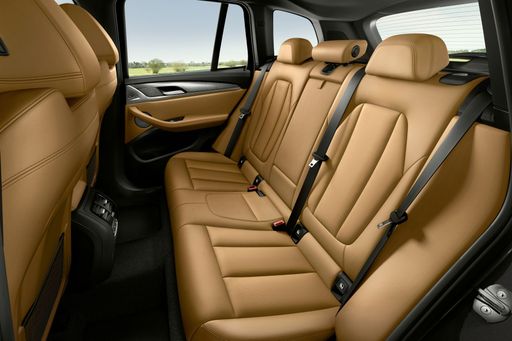 @ BMW Group Press
@ BMW Group Press
Volvo XC60
The Volvo XC60 blends Scandinavian calm with confident presence, offering a cabin that feels plush without shouting for attention. It’s a smart pick for buyers after a composed ride, clever practicality and thoughtful safety touches — it even makes running the family shuttle feel almost serene, which is a small miracle.
details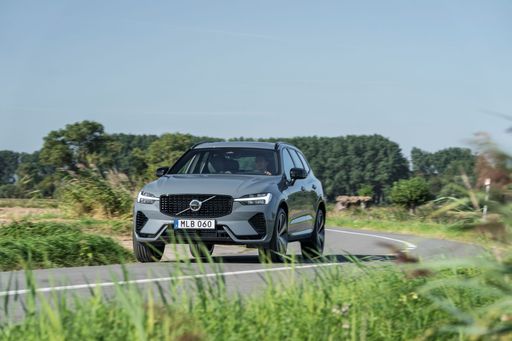 @ Volvo Cars
@ Volvo Cars
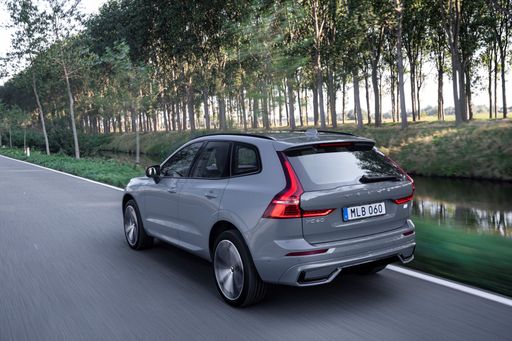 @ Volvo Cars
@ Volvo Cars
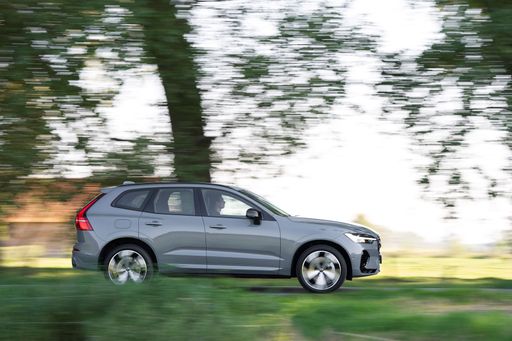 @ Volvo Cars
@ Volvo Cars
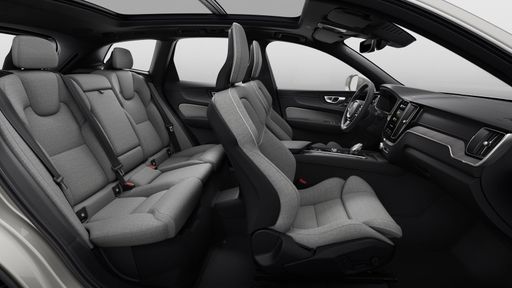 @ Volvo Cars
@ Volvo Cars
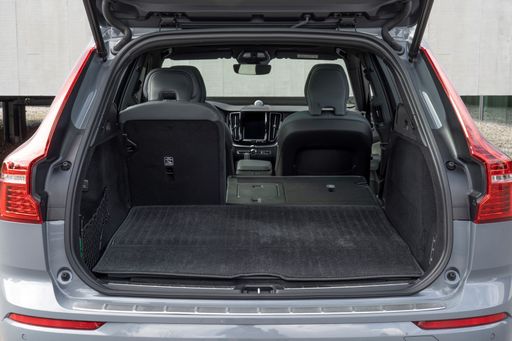 @ Volvo Cars
@ Volvo Cars
 @ BMW Group Press
@ BMW Group Press
|
 @ Volvo Cars
@ Volvo Cars
|
|
|
|
Costs and Consumption |
|
|---|---|
|
Price
51300 - 72400 £
|
Price
49200 - 75100 £
|
|
Consumption L/100km
2.8 - 7.7 L
|
Consumption L/100km
2.8 - 7.5 L
|
|
Consumption kWh/100km
-
|
Consumption kWh/100km
-
|
|
Electric Range
88 km
|
Electric Range
74 - 82 km
|
|
Battery Capacity
19.70 kWh
|
Battery Capacity
14.70 kWh
|
|
co2
64 - 175 g/km
|
co2
64 - 169 g/km
|
|
Fuel tank capacity
50 - 65 L
|
Fuel tank capacity
71 L
|
Dimensions and Body |
|
|---|---|
|
Body Type
SUV
|
Body Type
SUV
|
|
Seats
5
|
Seats
5
|
|
Doors
5
|
Doors
5
|
|
Curb weight
1930 - 2140 kg
|
Curb weight
1900 - 2150 kg
|
|
Trunk capacity
460 - 570 L
|
Trunk capacity
468 - 483 L
|
|
Length
4755 mm
|
Length
4708 mm
|
|
Width
1920 mm
|
Width
1902 mm
|
|
Height
1660 mm
|
Height
1651 - 1655 mm
|
|
Max trunk capacity
1600 - 1700 L
|
Max trunk capacity
1528 - 1543 L
|
|
Payload
570 kg
|
Payload
510 - 550 kg
|
Engine and Performance |
|
|---|---|
|
Engine Type
Petrol MHEV, Diesel MHEV, Plugin Hybrid
|
Engine Type
Petrol MHEV, Plugin Hybrid
|
|
Transmission
Automatic
|
Transmission
Automatic
|
|
Transmission Detail
Automatic Gearbox
|
Transmission Detail
Automatic Gearbox
|
|
Drive Type
All-Wheel Drive
|
Drive Type
All-Wheel Drive
|
|
Power HP
197 - 398 HP
|
Power HP
250 - 455 HP
|
|
Acceleration 0-100km/h
4.6 - 7.8 s
|
Acceleration 0-100km/h
4.9 - 6.9 s
|
|
Max Speed
215 - 250 km/h
|
Max Speed
180 km/h
|
|
Torque
330 - 670 Nm
|
Torque
350 - 709 Nm
|
|
Number of Cylinders
4 - 6
|
Number of Cylinders
4
|
|
Power kW
145 - 293 kW
|
Power kW
184 - 335 kW
|
|
Engine capacity
1995 - 2998 cm3
|
Engine capacity
1969 cm3
|
General |
|
|---|---|
|
Model Year
2024 - 2025
|
Model Year
2025
|
|
CO2 Efficiency Class
F, E, B
|
CO2 Efficiency Class
F, B
|
|
Brand
BMW
|
Brand
Volvo
|
What drive types are available for the BMW X3?
The BMW X3 is offered with All-Wheel Drive.
The prices and data displayed are estimates based on German list prices and may vary by country. This information is not legally binding.
